BP Portrait Award 2012 at the National Portrait Gallery
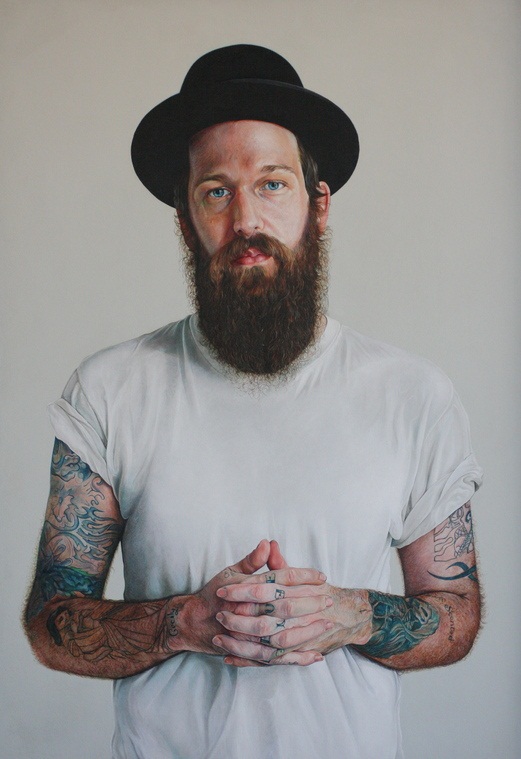
The BP Portrait Award is always a treat and this year is no exception. The 2012 entries focus particularly on the painter’s skill in expressing empathy for their subject. The works on display are intensely human and will surely be deeply felt by visitors. As always, the pieces range from mind-blowing photo realism to highly stylised portraits, but all succeed in showing what is inside their subject.
This issue of representation of a person’s self-hood in portraiture is handled explicitly in one of the first paintings – Ruth Murray’s Tessa and the Clay Heads – which shows her younger sister in the artist’s studio. The subject is surrounded by previous attempts to capture her essence in clay. Tessa looks uncomfortable, as though the objectification inherent in becoming a subject makes her feel awkward in her own skin. Surrounding her, each of the clay heads bears a warped likeness to her appearance, but none truly capture an element of her humanity.
Throughout the exhibition are some interesting insights into artist’s techniques for exposing the true character of their subject. Frances Bell’s The Postman, for example, captures her friend in his postal worker uniform, but he is simultaneously completely removed from the role and captured as an individual. Bell uses conversation to create a sense of freedom and movement in her paintings, which in turn causes the subject’s most comfortable state to come forward easily and naturalistically in the painting. Likewise, Jo Fraser was awarded £5,000 to carry out a case study for her painting The Weavers, which captures Peruvian weavers in a crystallised but typical moment of work. Fraser’s determination to study the women’s culture in an immersive and non-invasive way comes across beautifully in the final, large scale painting. The women portrayed can be seen both as representing a wonderful cultural identity, but each as individuals with their own story within the moment.
Many of the paintings represent an artist’s loved one and serve to simultaneously express the nature of that person along with the powerful emotions they evoke in the artists themselves; an absolute favourite of the exhibition, Timothy Gatenby’s Mary Waiting To Go Rollerskating, does just this. The painting is a beautifully heartfelt, tender but playful representation of the artist’s grandmother. Wearing a gold paper hat from a Christmas cracker and a gentle, mischievous smirk, Gatenby has shown his subject as fragile but quietly vivacious. At the same time, the warmth and love the artist feels for his subject shines through, in turn contributing to the way we view the subject in terms of her relationship to others. This constant movement between artist, subject and viewer is an interesting issue that many of the paintings present – how do the painter’s feelings about their subject influence the way we view the person within the portrait? Often the painter is challenged by representing their own emotional reaction in the face of their subject, without falsely affecting the identity of that subject.
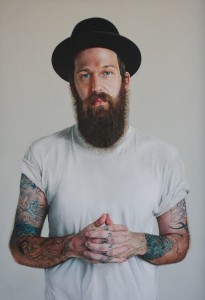 In light of this it is easy to see how this year’s judges selected the first, second and third prize winners. Third prize winner Alan Coulson’s Richie Culver, Contemporary British Artist, captures his friend and fellow artist, whose unique and unusual appearance is both celebrated and diminished by the caring and laid-back persona that Coulson has managed to illuminate. Ignacio Estudillo’s second prize winning El Abuelo (Agustin Estudillo) is a haunting black and white portrait of his paternal grandfather and shows both mixed and complex feelings towards his grandfather, particularly in the way they relate to his own identity.
In light of this it is easy to see how this year’s judges selected the first, second and third prize winners. Third prize winner Alan Coulson’s Richie Culver, Contemporary British Artist, captures his friend and fellow artist, whose unique and unusual appearance is both celebrated and diminished by the caring and laid-back persona that Coulson has managed to illuminate. Ignacio Estudillo’s second prize winning El Abuelo (Agustin Estudillo) is a haunting black and white portrait of his paternal grandfather and shows both mixed and complex feelings towards his grandfather, particularly in the way they relate to his own identity.
This year’s first prize has gone to Aleah Chapin for Auntie. Chapin’s stunning large scale nude of a close family friend astutely captures the artist’s love for her friend’s unguarded and comfortable presence. In the painting, the subject is entirely at ease and this contentment (which the artist clearly experiences in her friendship with the subject) is likewise projected onto the viewer.
All in all, this year’s BP Portrait Award is about relationships and the way our view of the people in our lives affects our view of ourselves. It is heartfelt, applaudably honest and very moving.
Abigail Moss
The BP Portrait Award opens today at the National Portrait Gallery. Entrance is free. For further information (and to see some of the entrants) visit the Award’s website here.

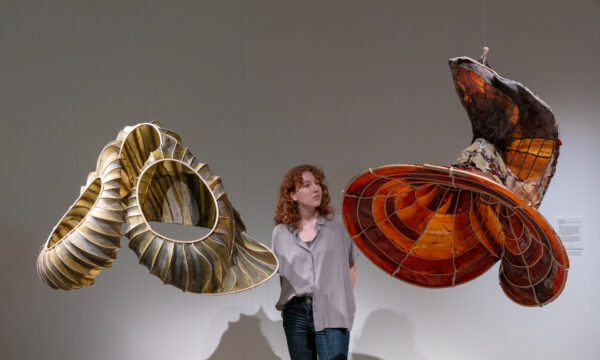
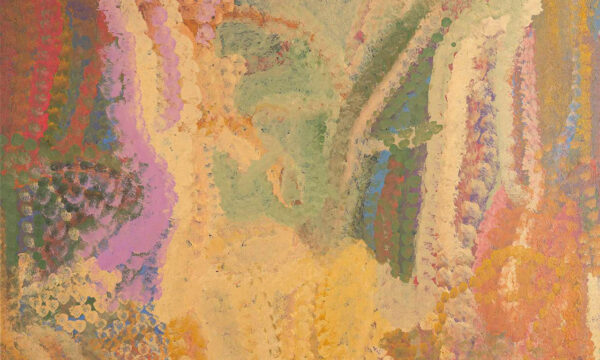
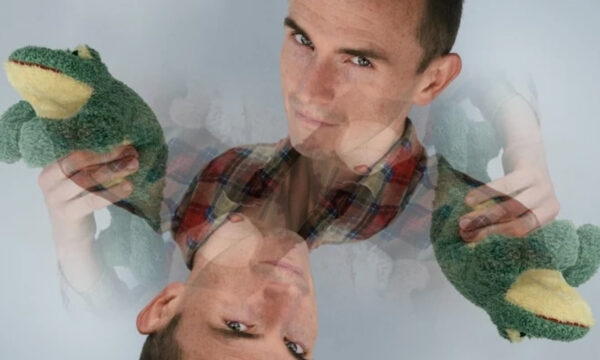
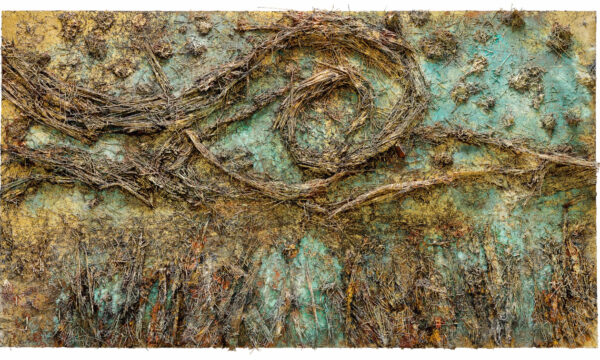
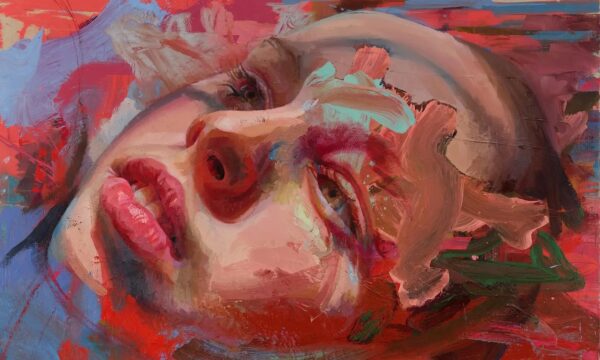
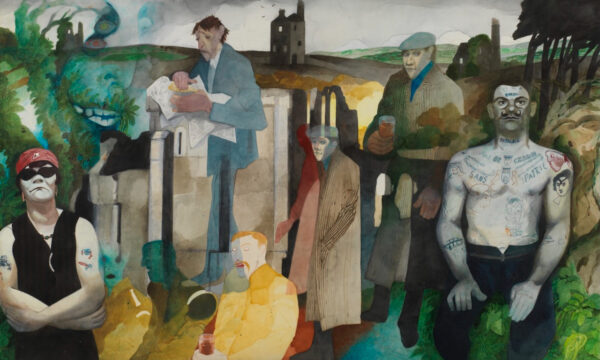
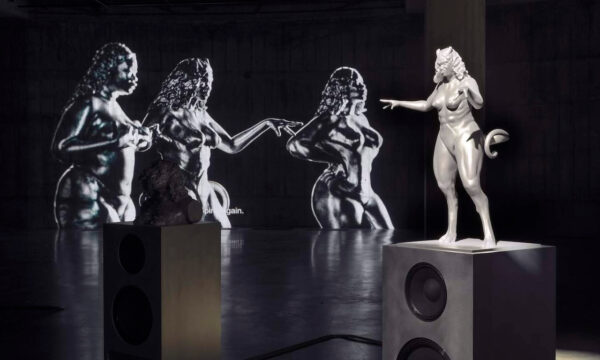

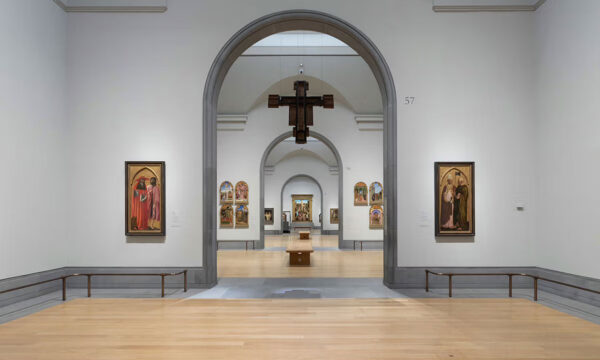

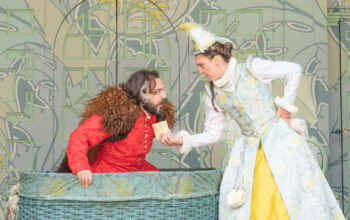
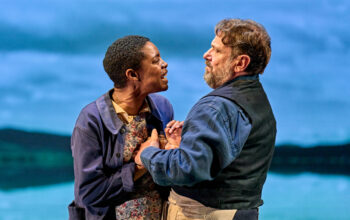
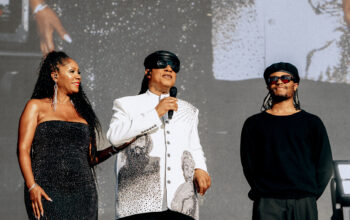





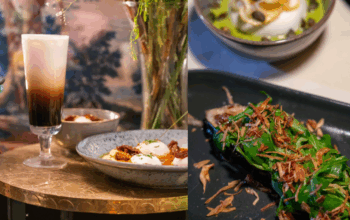




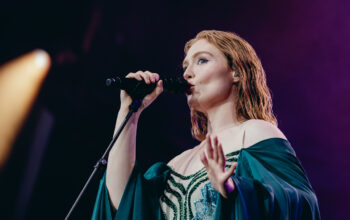
Facebook
Twitter
Instagram
YouTube
RSS